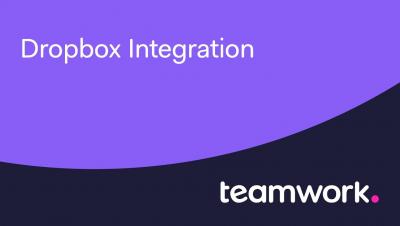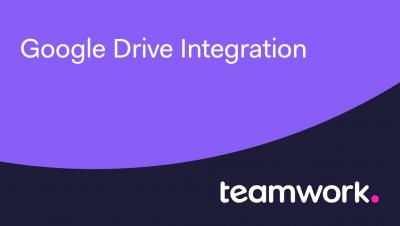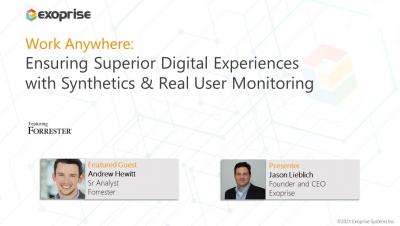Teamwork and Jira: A Match Made in Integration Heaven
What’s your favorite brand of sneakers? Nikes? Reeboks? Or maybe you’re more of a Converse kind of person? Now, how weird would you feel stepping into someone else’s pair? The same goes for SaaS tools. Everyone has specific apps they’re comfortable in, and it’s never fun to have to jump into a different tool. If you use Teamwork to organize and manage projects, being asked to collaborate with developers in their tool is a lot like walking in a different pair of sneakers.











